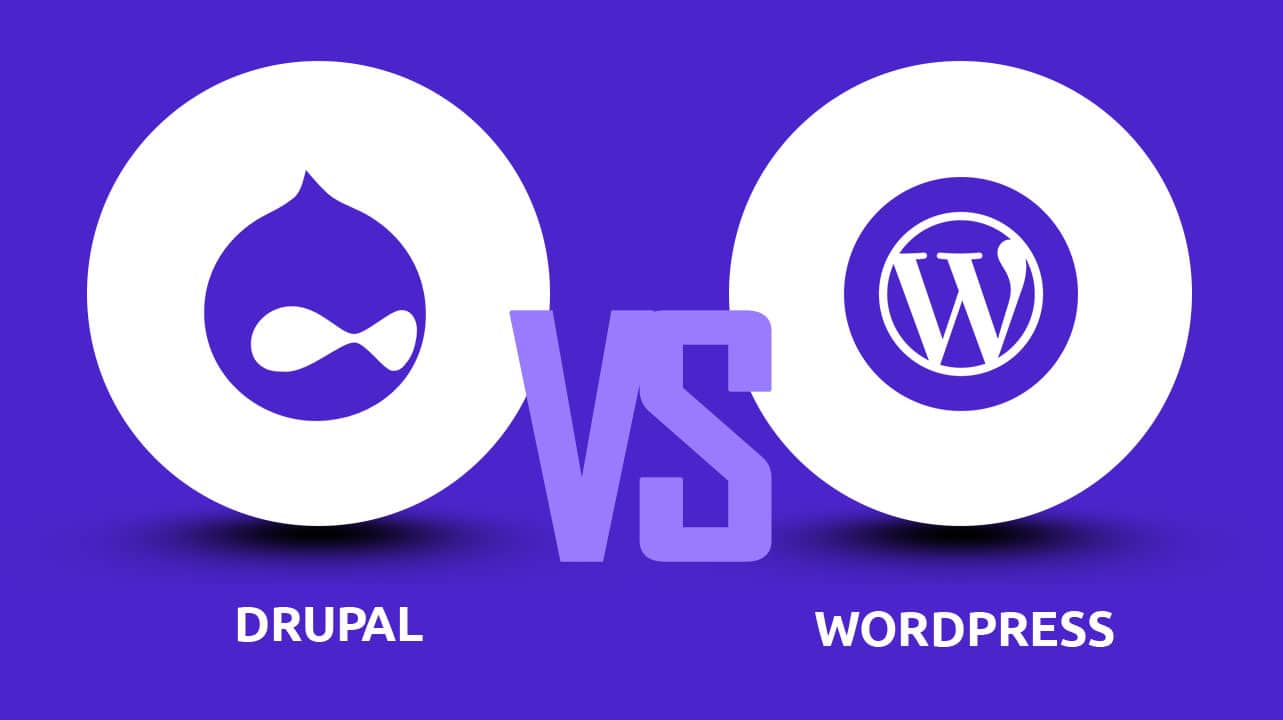Web development continues to evolve at a blistering pace. As we move through 2025 and toward 2026, certain programming languages clearly stand out — offering powerful ecosystems, performance advantages, and developer productivity. Whether you’re building a sleek front-end or a robust back-end, these five languages are top choices to fuel your web projects.
1. JavaScript (and TypeScript) – The King of the Web 👑
Why it matters:
JavaScript remains the cornerstone of web development — powering 99% of all websites with interactive, dynamic client-side functionality Wikipedia.
Its ubiquity is unmatched, and with the advent of TypeScript — the typed superset of JavaScript — developers now enjoy enhanced productivity and code quality Pluralsight.
Inspiration:
- Gmail – for seamless, dynamic UI interactions.
- YouTube – smooth playback, responsive UI powered by JS.
💡 What It Means for Your Business:
If you’re building a feature-rich front-end like a customer dashboard or a booking system, JavaScript frameworks are essential. React or Vue-based front-ends connect seamlessly with WordPress or other CMS platforms.
2. Python (with Django/Flask) – Elegant and Efficient 🐍
Why it matters:
Python continues to dominate the charts in 2025, led by its readability, versatility, and thriving ecosystem. Pluralsight ranks it #1 in popularity, and its frameworks like Django and Flask make server-side development fast and scalable Pluralsight webandcrafts.
Popular platforms like Instagram and Disqus run on Django Wikipedia.
Inspiration:
- Instagram – fast, clean, scalable — all thanks to Django.
- Bitbucket – robust Python-based back‑end powering code collaboration.
🔍 When Should You Use Python for Web Development?
Python is perfect for startups and enterprises looking to launch data-driven applications, AI-powered websites, or custom dashboards quickly. Its strong community ensures long-term support and rich documentation.
3. PHP (with Modern Frameworks) – Still the Server-Side Backbone 🧱
Why it matters:
Despite industry shifts, PHP remains the most widely used server-side language, powering over 74% of websites (as of May 2025), with PHP 8 being the most popular version Wikipedia.
Modern frameworks like Laravel and Symfony offer structure and maintainability, while custom WordPress themes and plugins still rely heavily on PHP.
Inspiration:
- WordPress.com – the cornerstone of PHP-powered blogging and businesses.
- Wikipedia – fast, content-rich — all on PHP.
📌 How PHP Benefits Business Websites in 2025:
PHP is cost-effective, widely supported, and battle-tested — making it the go-to language for content-heavy, SEO-optimized, and e-commerce-ready websites. With WooCommerce (also PHP-based), you can start selling online in no time.
4. Go (Golang) – Simple, Scalable, High‑Performance ⚙️
Why it matters:
Go (a.k.a. Golang) is gaining traction in web infrastructure. Known for its simplicity, efficiency, and built-in concurrency, it powers tools like Docker, Kubernetes, and static site generators like Hugo Wikipedia.
For high‑traffic sites or microservices, Go delivers performance with minimal overhead.
Inspiration:
- Docker – containerization at scale, Go‑powered.
- Hugo – ultra‑fast static site builder for blazing‑fast delivery.
📈 Where Go Fits in Modern Web Projects:
Go is a perfect choice for building custom APIs, web servers, and middleware. It’s also used for backend systems that power real-time apps (like chat apps or booking engines) where performance is non-negotiable.
5. Rust & WebAssembly (Wasm) – Future‑Focused, High‑Performance 🚀
Why it matters:
Rust is celebrated as the “most admired language” from 2016 to 2024, with growing developer interest in adopting it for secure, efficient web components Wikipedia.
Meanwhile, WebAssembly is emerging as a powerful complement to JavaScript — enabling near-native speed for compute-heavy tasks directly in the browser arXiv.
Inspiration:
- Figma – leverages Wasm for real-time, high-performance in-browser rendering.
- Autodesk – uses Wasm for smooth 3D modeling inside web apps.
🔮 Why This Duo Is a Game-Changer:
WebAssembly allows traditionally desktop-only software to migrate to the browser — opening up possibilities for in-browser gaming, photo editing, financial analysis tools, or AR/VR previews. Combine that with Rust’s bulletproof memory safety, and you have futuristic performance — today.
Quick Comparison: At a Glance
| Language / Tech | Best For | Real-World Used By |
|---|---|---|
| JavaScript / TypeScript | Dynamic front-end, full-stack | Gmail, YouTube |
| Python (Django/Flask) | Clean, scalable back-end | Instagram, Bitbucket |
| PHP (Modern frameworks) | WordPress, content management | WordPress.com, Wikipedia |
| Go (Golang) | High-performance back-end services | Docker, Hugo |
| Rust + WebAssembly | Heavy in-browser tasks, speed | Figma, Autodesk |
Final Thoughts
As we step further into 2025 and toward 2026, choosing the right programming language depends on your project’s goals:
- For client-side interactivity → JavaScript/TypeScript
- For back-end elegance and quick development → Python
- For WordPress and content-managed sites → PHP
- For efficient, concurrent back-end services → Go
- For high-performance browser processing → Rust + WebAssembly









